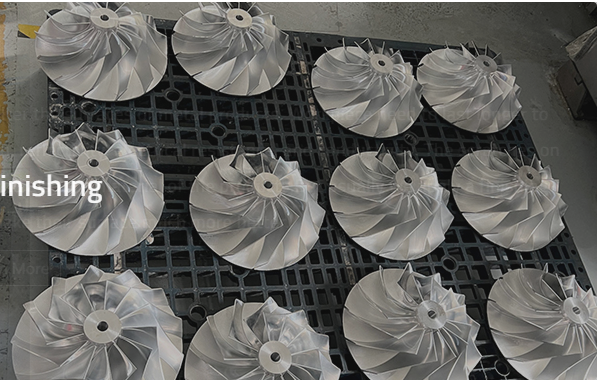Efficient Prototyping and Production
Rapid casting processes have been greatly influenced by the introduction of 3D printing, drastically changing the way that industries consider prototyping and production. 3D printing helps in creating highly precise and intricate mold designs at a much faster pace with better accuracy. Going back to the hand model, creating a mold for it the traditional way can take weeks, whereas with 3D printing, it might only take days or possibly just hours. In the automotive sector, for example, the time taken to develop new engine parts has been reduced from many months, to just days, by using this process to rapidly prototype aluminum casting molds.
Competition and cost reduction (tools & materials)
Some of the crucial benefits of integrating rapid casting technologies for 3D printing is the cutting the cost of tools drastically. Alas traditional casting methods involve costly tooling and setup - and are not economically efficient for small-production-runs. Traditional tooling such as molding consumes huge material and labor resources, but 3D printing only costs a little material and time to produce a mold. Manufacturers can reduce tooling cost by as much as 50-70% when compared to traditional methods which are perfect for short-run and custom manufacturing.
Enhanced Design Flexibility
Parts and Molds with Complexity That Cannot Be Replicated Using Traditional Methods 3D printing aids in the creation of extremely complex parts and molds that would be difficult, if not impossible, to replicate using conventional methods. Designs can be loosened, allowing signals to incorporate shaping that previously would be impossible. This allows molds to include features like internal channels (for cooling, or fluid passages in automotive and aerospace components). This ability not only increase the functionality of the casted parts but also its performance too.

Faster Iterative Testing
A key to successful product development is speed and flexibility to iterate. 3D printing enables quick iteration as designers can trial and revise molds in a fraction of time versus conventional casting It enables companies to revisit and tweak their designs swiftly, to ensure that the final product conforms to all specifications and quality standards. For instance, a tech startup can iterate on drone parts, enabling testing of different configurations on the span of a day versus weeks, accelerating their go-to-market plan.
Less Waste and Environmentally Friendly
Now with 3D printing, it is playing a key role in sustainability as well in the casting process. It cuts down on waste a lot because it is an additive process, versus subtractive methods (i.e. CNC machining), where you are taking material off of a large block. This not only has a reduced impact on the environment, but also lowers the cost of materials wastage. Furthermore, 3D printing can be utilized in rapid casting for environmental sustainability as many of today's 3D printers consume recyclable or biodegradable additives.
Improved End-Product Quality
Every mold is created to be a perfect replica of the original design, meaning that the final cast product quality will be excellent due to the accuracy of 3D printing. Top right: 3D print molds offer superior dimensional accuracy and surface detail, limiting the need for secondary finishing lowers costs and speeds production end-to-end.
Utilizing 3D printing rapid casting streamlines development and minimizes expense as additive manufacturing increases along the way, and likewise heightens product quality and reduces environmental impact. This convergence of fast, cost-effective and performance enhancement provides 3D printing as a valuable introduction into modern-day manufacturing processes.
